Table of content
- Room Temperature (68–72°F / 20–22°C)
- Refrigeration (39°F / 4°C or Below)
- Freezing (0°F / -18°C or Below)
- Steaming
- Boiling
- Microwave
- Myth 1: “Zongzi Leaves Act as Natural Preservatives”
- Myth 2: “Refrigeration Makes Zongzi Last Indefinitely”
- Mistake 1: Storing Warm Zongzi
- Mistake 2: Thawing at Room Temperature
Zongzi, a beloved traditional Chinese dish wrapped in bamboo or reed leaves, holds a cherished place in cultural celebrations, particularly during the Dragon Boat Festival. These pyramid-shaped rice dumplings, often filled with ingredients like glutinous rice, red bean paste, pork, or salted egg yolk, require careful preparation and, equally important, proper storage to maintain their texture, flavor, and safety. For home cooks and food enthusiasts alike, understanding how long cooked zongzi can be stored—and the best practices for doing so—is essential to avoid waste and ensure a delightful culinary experience. This article delves into the science and techniques behind preserving cooked zongzi, offering actionable advice to extend their shelf life without compromising quality.
The Shelf Life of Cooked Zongzi: Key Factors
The longevity of cooked zongzi depends on several interrelated factors, including storage conditions, ingredients, and hygiene during preparation. Unlike raw zongzi, which require boiling or steaming before consumption, cooked zongzi are fully prepared and ready to eat. However, their perishable nature—due to ingredients like rice, meat, and oils—means they are susceptible to bacterial growth if not stored correctly.
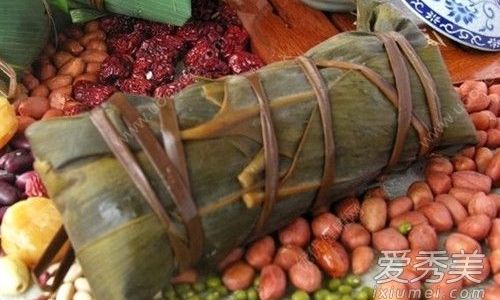
- Ingredients and Fillings: Zongzi filled with protein-rich ingredients like pork or mushrooms tend to spoil faster than sweet varieties (e.g., red bean or jujube) due to the higher moisture and nutrient content that bacteria thrive on.
- Preparation Hygiene: Cross-contamination during cooking or improper handling can accelerate spoilage.
- Storage Environment: Temperature fluctuations, exposure to air, and humidity levels all play critical roles in determining how long zongzi remain safe to eat.
Recommended Storage Times
Room Temperature (68–72°F / 20–22°C)
At ambient temperatures, cooked zongzi should be consumed within 4–6 hours. Beyond this window, bacterial growth—particularly from species like Bacillus cereus or Staphylococcus aureus—can lead to foodborne illness. Symptoms such as nausea, vomiting, or diarrhea may arise if spoiled zongzi are ingested.
Refrigeration (39°F / 4°C or Below)
Refrigeration slows bacterial multiplication but does not halt it entirely. Cooked zongzi can be stored in an airtight container or resealable plastic bag for 3–5 days. To maximize freshness:
- Allow zongzi to cool completely before refrigerating to prevent condensation, which fosters mold.
- Place them in a single layer to ensure even cooling and avoid crushing.
- Avoid storing near strong-smelling foods, as zongzi can absorb odors.
Freezing (0°F / -18°C or Below)
Freezing is the most effective method for long-term storage. When properly sealed, cooked zongzi can retain their quality for 1–3 months. Beyond this period, freezer burn or texture degradation may occur, though they remain safe to eat indefinitely at 0°F. To freeze:
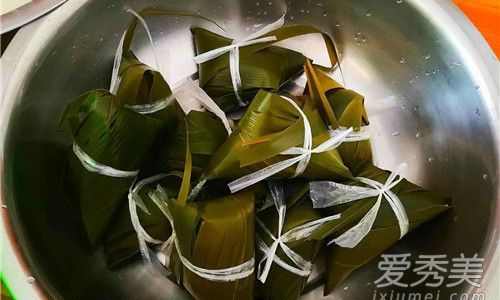
- Wrap each zongzi individually in plastic wrap or aluminum foil to prevent air exposure.
- Place wrapped zongzi in a freezer-safe bag or container, removing excess air.
- Label with the date to track freshness.
Signs of Spoilage
Even when stored correctly, cooked zongzi can deteriorate. Discard them immediately if you observe:
- Off Odors: A sour, rancid, or ammonia-like smell indicates bacterial activity.
- Unusual Texture: Sliminess, excessive dryness, or a mushy consistency are red flags.
- Mold Growth: Fuzzy spots in green, blue, or white hues are unsafe.
- Discoloration: Grayish or dark patches suggest oxidation or microbial contamination.
Reheating Techniques for Optimal Results
Proper reheating is as crucial as storage in preserving flavor and safety. Follow these methods:
Steaming
- Place zongzi in a steamer basket over boiling water.
- Steam for 10–15 minutes (refrigerated) or 20–25 minutes (frozen).
- This method retains moisture and softens the leaves without overcooking the filling.
Boiling
- Submerge zongzi in a pot of boiling water.
- Cook for 8–10 minutes (refrigerated) or 15–20 minutes (frozen).
- Ideal for zongzi with dense fillings like pork belly.
Microwave
- Lightly dampen a paper towel and wrap it around the zongzi.
- Microwave on medium power for 1–2 minutes (refrigerated) or 3–4 minutes (frozen), flipping halfway.
- Avoid high heat to prevent uneven cooking or leaf brittleness.
Pro Tip: Never reheat zongzi multiple times, as this elevates bacterial risk. Consume reheated portions immediately.
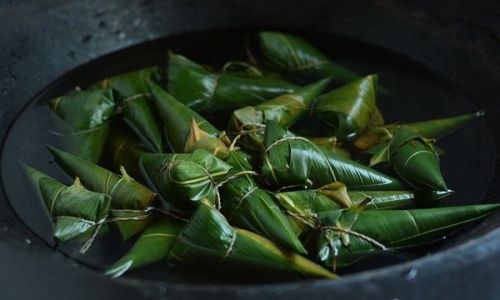
Common Myths and Mistakes
Myth 1: “Zongzi Leaves Act as Natural Preservatives”
While bamboo or reed leaves impart aroma, they do not sterilize the contents. Microbial growth occurs regardless of leaf wrapping.
Myth 2: “Refrigeration Makes Zongzi Last Indefinitely”
Refrigerators merely slow spoilage; zongzi are not immortal. Adhere to the 3–5 day rule.
Mistake 1: Storing Warm Zongzi
Placing hot zongzi directly into the fridge raises internal temperatures, creating a breeding ground for bacteria in adjacent foods.
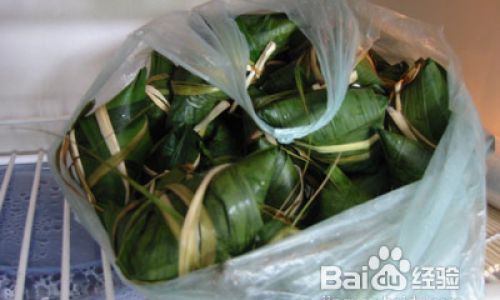
Mistake 2: Thawing at Room Temperature
Never leave frozen zongzi to thaw on the counter. Defrost overnight in the refrigerator or use the microwave’s defrost setting.
Cultural Practices vs. Modern Food Safety
Traditionally, zongzi were consumed within hours of cooking, especially during festivals when large batches were made. However, modern lifestyles demand flexibility. Balancing tradition with food safety involves:
- Portion Control: Freeze zongzi in meal-sized batches to avoid repeated reheating.
- Labeling: Use masking tape and a marker to note preparation dates.
- Hybrid Methods: For short-term storage, some families use ventilated baskets in cool, dry areas—though this is riskier in humid climates.
The Science Behind Storage: Why Time Matters
Cooked zongzi are a breeding ground for microorganisms due to their high carbohydrate and moisture content. Bacteria like Bacillus cereus produce heat-resistant spores that survive cooking. When zongzi cool to unsafe temperatures (40–140°F / 4–60°C), these spores germinate, multiplying rapidly. Refrigeration below 40°F (4°C) inhibits this process, while freezing halts it entirely. However, enzymes and oxidative reactions continue at low temperatures, causing gradual flavor and texture decline.
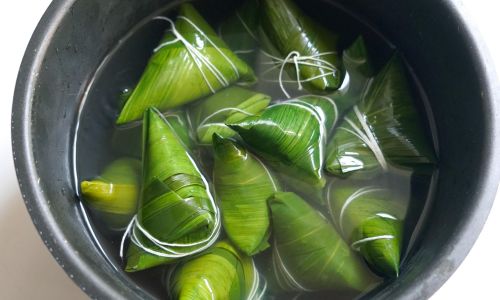
Conclusion: Savoring Zongzi Safely
Preserving cooked zongzi is a blend of culinary art and food science. By adhering to recommended storage times, using airtight packaging, and reheating methodically, you can enjoy this festive delicacy without compromise. Whether you’re savoring a sweet red bean zongzi for breakfast or a savory pork-filled one for dinner, proper handling ensures every bite is as safe as it is delicious. Remember: when in doubt, toss it out. Food safety always trumps frugality.
As the aroma of steaming zongzi fills your kitchen, take pride in honoring tradition while embracing modern hygiene practices. With these guidelines, you’ll master the delicate balance of preserving both flavor and well-being—one perfectly stored zongzi at a time.
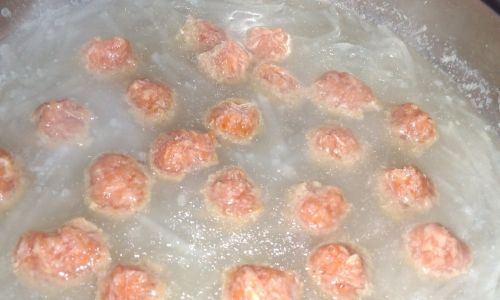
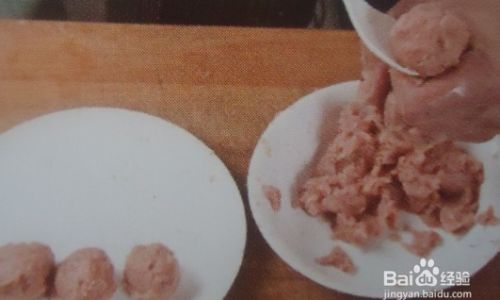
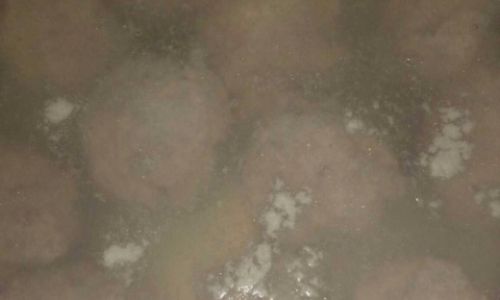
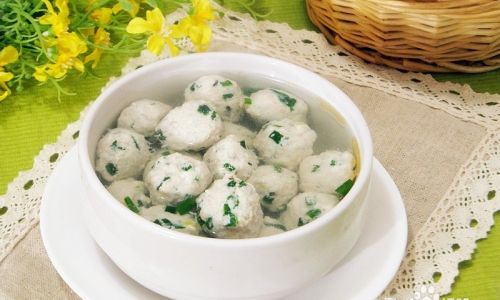
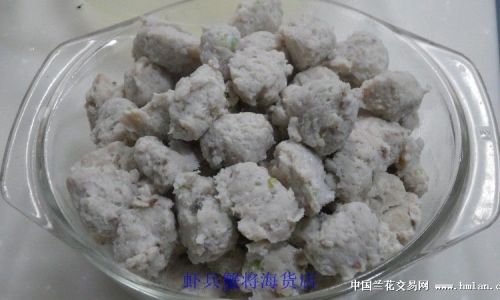
0 comments